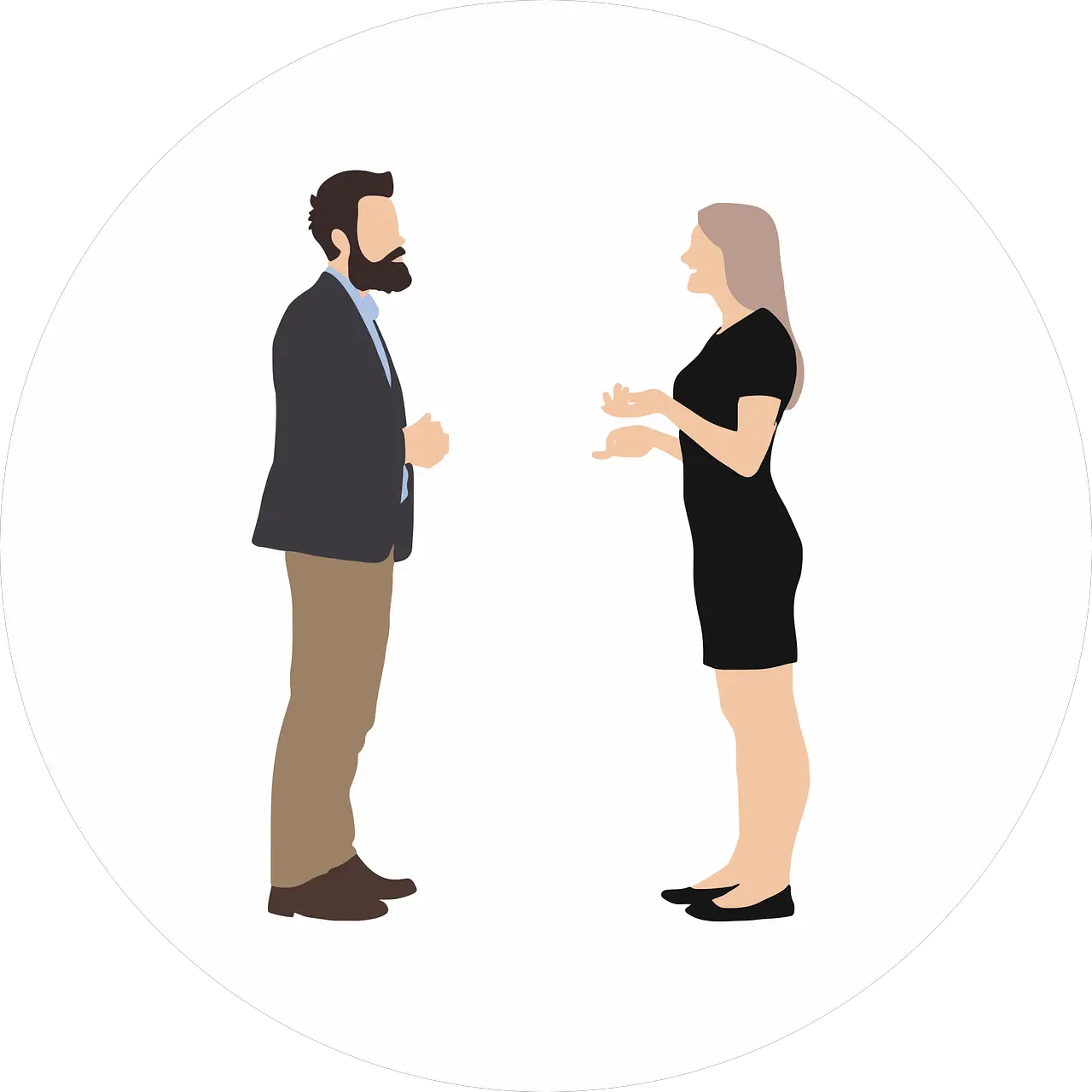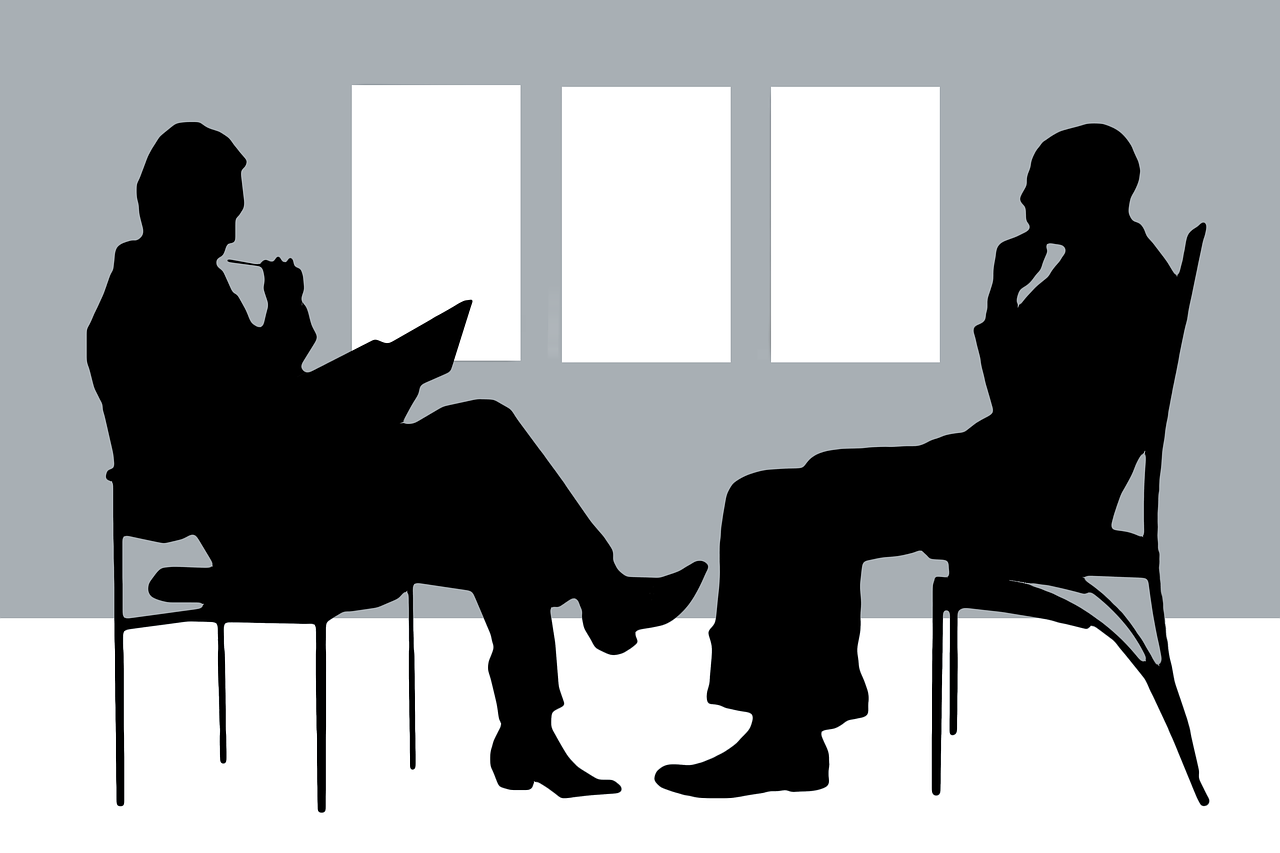Table of Contents
Comprehensive Listening
Listening is paying attention to the sounds and figuring out what they mean. People usually pay more attention to how well they speak and less to how well they listen.
You might use comprehensive listening in a lecture or a conversation with a friend. In this listening, you try to get the most out of what the other person is saying. For a person to be a good listener, they need to be able to understand what is being said as it is being said. This short guide will talk about comprehensive listening and how you can use it in your everyday life.
What is Comprehensive Listening?

Comprehensive listening is when you listen to someone and understand what they are saying at the same time. This makes you spend less time figuring out what they said.
Comprehensive listening uses the parts of the brain used for listening and the parts used for making memories, giving stimuli effects, understanding, planning, and so on.
In addition to using different parts of the brain, a person needs to have a good grip on communication and vocabulary skills for comprehensive listening. This is because the linguistic parts of speech are an essential part of comprehensive listening.
Comprehensive listening is also important for all the other types of listening. It is commonly found in almost all active listening methods because our brains always try to figure out what they hear.
The listener needs the right vocabulary and language skills to understand something. This is why people who are usually good at comprehensive listening may not be able to do so well when overly complicated language or technical jargon is used.
When two people listen to the same thing, they may understand it differently. Again, this is because our brains work differently, and our different life experiences often shape how we think about certain things.
Comprehensive listening can be hard to do in a group setting because of things like this. In places like a classroom or a business meeting, where what was said can be interpreted differently, it can be hard to do comprehensive listening or for the listener to decide what information they want to remember from comprehensive listening.
Finally, subliminal or subconscious messages from nonverbal communication, such as tone of voice, gestures, and other body language, can supplement comprehensive listening.
In addition to what they are hearing, the person may use these in comprehensive listening, meaning that these messages or subtext can help communication and comprehension.
However, the subtext is not always excellent, and it can occasionally confuse and potentially lead to misunderstanding, impeding comprehensive listening or understanding of the correct message.
Whether or not one is engaging in comprehensive listening, the advice is to seek clarification and use skills such as reflection to improve one’s comprehension skills.
How to improve your conversations with others by practising comprehensive listening?

When we do not practice comprehensive listening, we are more likely to misinterpret the speaker’s message or even fail to hear what he is saying.
Then the other person may feel rejected, misunderstood, or even offended.
Here are some tips to improve your comprehensive listening.
- Keep eye contact with the speaker.
- Focus on what your discussion partner says rather than what you plan to say next.
- Distracting factors, such as phone notifications, must be avoided.
- If necessary, seek clarification.
- Please do not interrupt the speaker. Before responding, wait to see if the speaker has finished his speech.
- Get rid of thoughts that distract you.
- Don’t pass judgment or make assumptions; everyone has their version of the truth and life experiences.
Comprehensive listening Activities
Some Comprehensive listening activities are as follows:
- Voice blogging
- Listening to music in other languages
- Listening to podcasts
- Listening for hidden phrases in a group
- Listen for specific words
One of the best ways to improve this skill is to divide people into groups and give specific phrases. The other group is then supposed to listen for those specific phrases when the first group talks, which helps them pay more attention.
This can also be done by recording someone else’s voice, playing it back faster, and figuring out what phrase or word was said. This is another great example of comprehensive listening activity.
When learning a new language, it’s best to watch videos or listen to music in that language and try to figure out what you understand and what the words and phrases you already know mean.
What other types of listening are there?

Listening is essential for effective communication. Regardless of how well you express your thoughts & externalize your experiences, communication will suffer if you do not properly listen to the interlocutor.
Listening is as important as speaking in communication.
Most of us talk more than we listen because talking gives us the illusion that we have control.
Discriminative listening
Discriminative listening is the most basic listening type that humans can perform.
The vibrations & sounds of the interlocutor’s voice focus on discriminative listening.
This type of listening is critical because it conveys the message hidden behind the words.
Someone who is depressed, for example, may claim to be in good spirits. You can tell from the tone of a person’s voice whether she or he is sad or angry by practising discriminatory listening.
Discriminating listening enables us to extract emotions from another person’s voice.
Informational listening
Informational listening necessitates a high level of concentration.
This listening type concerns receiving the information the speaker wishes to convey. The goal of informational listening is to learn from what you hear.
Other parallel processes, such as criticism/ reflection on the information received, must take a back seat while you practice this listening.
Taking notes is recommended for better informational listening. When we practice taking notes, our brain remembers better.
Critical or Evaluative listening
Critical listening does not imply a superior position or judgment of the speaker’s words.
Instead, critical listening entails paying close attention to the transmitted information, comparing how it corresponds to one’s values and forming an opinion.
Because we are all unique, we will not always agree with the other person’s words. It is natural to wonder, “What is the speaker’s purpose, and what should I take away from this information?”
Therapeutic or Empathic Listening

Therapeutic or empathetic listening emphasizes the speaker’s mental state, emotions, and feelings.
For example, you can practice empathic listening when someone gives you advice or inquires about a sensitive issue or topic.
Therapeutic listening occurs in the therapist-client relationship and in anyone capable of practising this listening.
You must keep an open mind, listen carefully, and refrain from judging or criticizing other people’s emotions.
Selective listening
Selective listening is a negative method of listening. This type of listening frequently leads to interpersonal conflicts or misunderstandings.
Selective listening entails filtering the speaker’s message and selecting a portion that affects or interests you the most from what he or she says.
You must learn to listen with empathy & understanding to avoid selective listening.
Rapport listening
Rapport listening is a technique used frequently by sellers. Their goal is to make you feel significant, understood, and valuable.
As a result, people who practice listening will go to great lengths to please their interlocutor.
Appreciative listening
Appreciative listening is about our relationship with ourselves and what we need to do to nourish our minds, not communicating with others.
As a result, we practice appreciative listening when we listen to our favourite music, a recorded meditation, or a recited speech.
The goal is to feel good.
Pseudo or False listening

We’ve all tried pretending to listen at some point in our lives.
We were all distracted by thoughts other than what the speaker in front of us was saying.
Pseudo-listening is the act of pretending to listen while thinking of something else.
When a story does not interest us, perhaps because we have heard it too many times or are preoccupied with another issue, we engage in pseudo-listening.
Deep listening
Deep listening entails being fully present and prepared to hear the other person.
Empathy, understanding, and unconditional respect for the other person are all components of this listening.
Deep listening entails being ready to listen to someone regardless of whether they have an interesting story, an unpleasant situation, or must deliver bad news.
Deep listening is not something that anyone can do; it requires self-awareness and self-care techniques.
High integrity listening
Listening with high integrity implies that you understand how to listen with integrity.
Integrity is a virtue that encompasses a person’s moral characteristics, such as honesty and respect for oneself and others.
Listening with integrity entails actively listening and responding honestly and diplomatically.
Judgmental listening
Judgmental listening is used by people who spend most of their time communicating, analyzing, and evaluating what the other person is saying.
These people are not afraid to express their views, even if they contradict everything the speaker has said.
It is critical for them that their position be recognized and heard.
Sympathetic listening
Sympathetic listening is similar to empathetic listening. This type of communication necessitates paying close attention to the interlocutor’s emotions.
You can express your emotions about what you hear by listening sympathetically.
For example, if a friend informs you of an unfortunate event, you can express disappointment or sadness about what occurred.
Similarly, by practising sympathetic listening, you can connect easily with someone who has just been asked to marry.
Relationship listening
Relationship listening is concerned with the bond formed between people when they communicate.
The stronger this bond, the easier it is for the two people to understand each other.
Sometimes, someone says, “It’s as if you read my mind!”
This can occur when the bond between two people is so strong that words are unnecessary.
Why is active listening so important?
You may have noticed that we emphasized the importance of practising active listening in all of the listening examples we provided above.
Active listening requires a certain level of attention, understanding, empathy, and active participation in the discussion.
In a nutshell, it entails being present for the speaker.
Active listening is the key to opening the other person’s mind and providing him with a clear and immediate approach and emotional support.
FAQs about Comprehensive listening
What are the 4 types of listening?
The four types of listening are
- Comprehensive
- Therapeutical/emphatic
- Appreciative and
- Critical listening.
What are the types of listening with examples?

Here 5 types of listening with examples:
- Pseudo listening: pretending to listen while thinking about what you’ll eat for dinner.
- Sympathetic listening: your best friend is telling you a sad story about their childhood, and you can feel their pain.
- Biased listening: When someone is angry or fighting, they usually only listen to what reinforces their old beliefs.
- Rapport listening: a car salesperson who makes you feel important.
- Informational listening: listening to a podcast.
Is listening profound or comprehensive?
Listening can be both profound and comprehensive.
Profound listening entails being attentive and thoughtful of the speaker’s emotions.
Comprehensive listening requires a high level of attention to understand the other person.
What makes a good listener?
A good listener pays attention to the person on the phone. Listen with understanding, compassion, and an open mind, and then ask important questions.
A good listener knows that just talking doesn’t solve everything, as if by magic.
Instead, it would help if you had time and an open mind.
What makes a bad listener?
A person who interrupts you often doesn’t hear what you say and doesn’t try to understand what you’re saying is not a good listener.
A bad listener will try to force his or her opinion on you and quickly change the subject.
What is the importance of listening?

In any relationship, it’s very important to listen well.
By actively listening, you clearly show the other person that you are interested in what they say and value their time and opinion.
Learning how to listen well is a skill that not many people have.
Final words: Comprehensive listening
In this brief guide, we’ve discussed comprehensive listening, what it is, and how to use it daily.
We also discussed other types of listening and why they are important.
Please let us know if you have any comments or questions.


